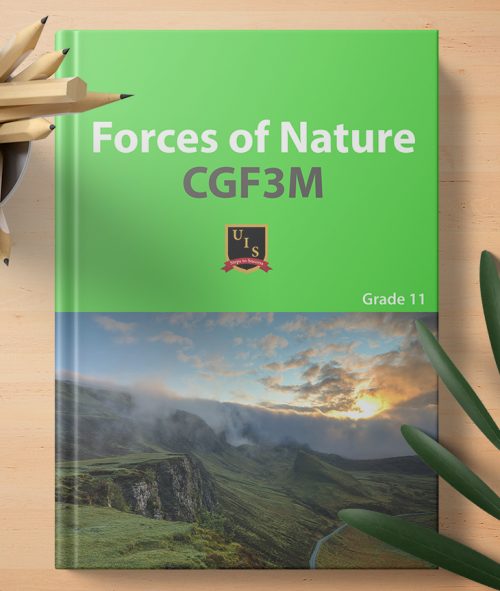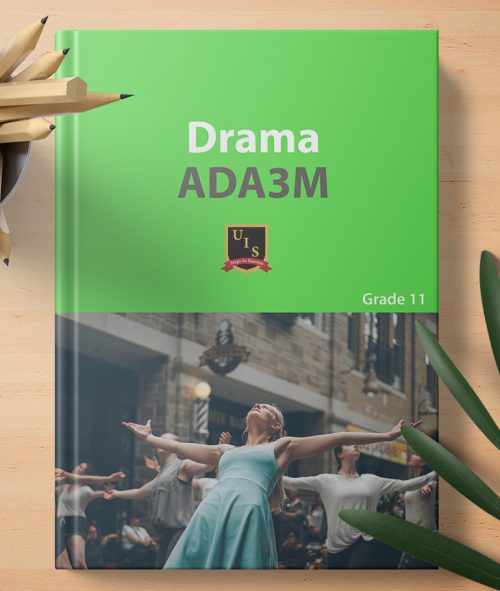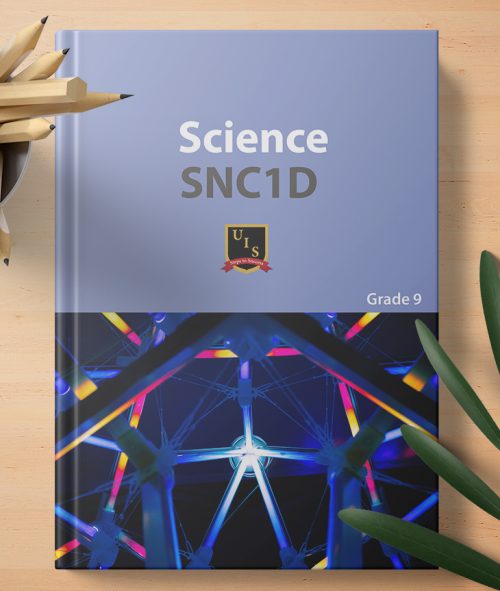This course explores the history of various societies and civilizations around the world, from earliest times to around 1500 CE. Students will investigate a range of factors that contributed to the rise, success, and decline of various ancient and pre-modern societies throughout the world and will examine life in and the cultural and political legacy of these societies. Students will extend their ability to apply the concepts of historical thinking and the historical inquiry process, including the interpretation and analysis of evidence, when investigating social, political, and economic structures and historical forces at work in various societies and in different historical eras.
World History to the End of the Fifteenth Century
$1,200.00 CAD
COURSE OVERVIEW
Course Code: CHW3M
Course Type: University/College
Prerequisite: Canadian History since World War I, Grade 10, Academic or Applied
Credit Value: 1
COURSE DETAILS
Unit 1: Paleolithic and Neolithic Societies – The Journey to Civilization
Students will learn the techniques used by archaeologists to explore the mysteries of the past. Students will contrast Old and New Stone Age people by examining the development of societies from simple nomadic hunters and gatherers to a more complex settled agricultural society. Students discover how favourable agricultural circumstances sustained large populations and, as a result, led to the establishment of the first ancient civilizations.
Unit 2: First Civilizations of the Near East – Mesopotamia & Egypt
Students will apply the definition of a civilization to societies of the Near East, including Egypt and Mesopotamia. Through a series of thematically based activities, students explore the aspects of a civilization, and why these aspects provide a foundation for civilization. Students analyze the development and diversity of social structures, economic structures, and the uniqueness of political structures in various regions of the world
Unit 3: Mediterranean Civilizations: From the Rise of the Hellenes to the Fall of the Romans
Students will examine the Classical Civilizations of Greece and Rome and study the early Minoan civilization on Crete and conclude with the fall of the Roman Empire.
Unit 4: Medieval World – The Age of Faith
Students will learn the Church’s connection to feudalism, its role in shaping and unifying medieval Europe through intellectual and cultural movements, and how it was the driving force behind the violent Crusades. Students hone their skills by using primary documents, expressing their point of view, critically analysing materials, and differentiating facts.
Unit 5: A Global Perspective of the Ancient World
Students will focus on the global nature of the Ancient world by linking together the Global Connections Bulletin Board and Global Connections section of the Legacy folder, developed throughout the course, with new research on a diversity of civilizations.









